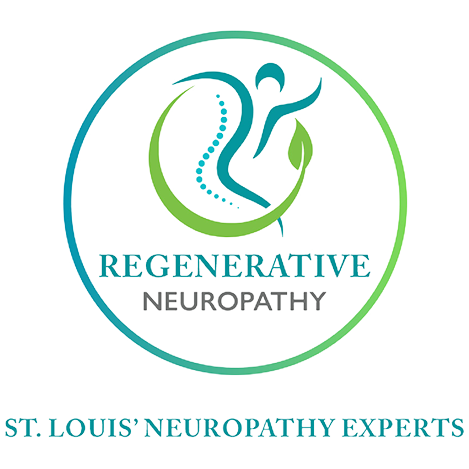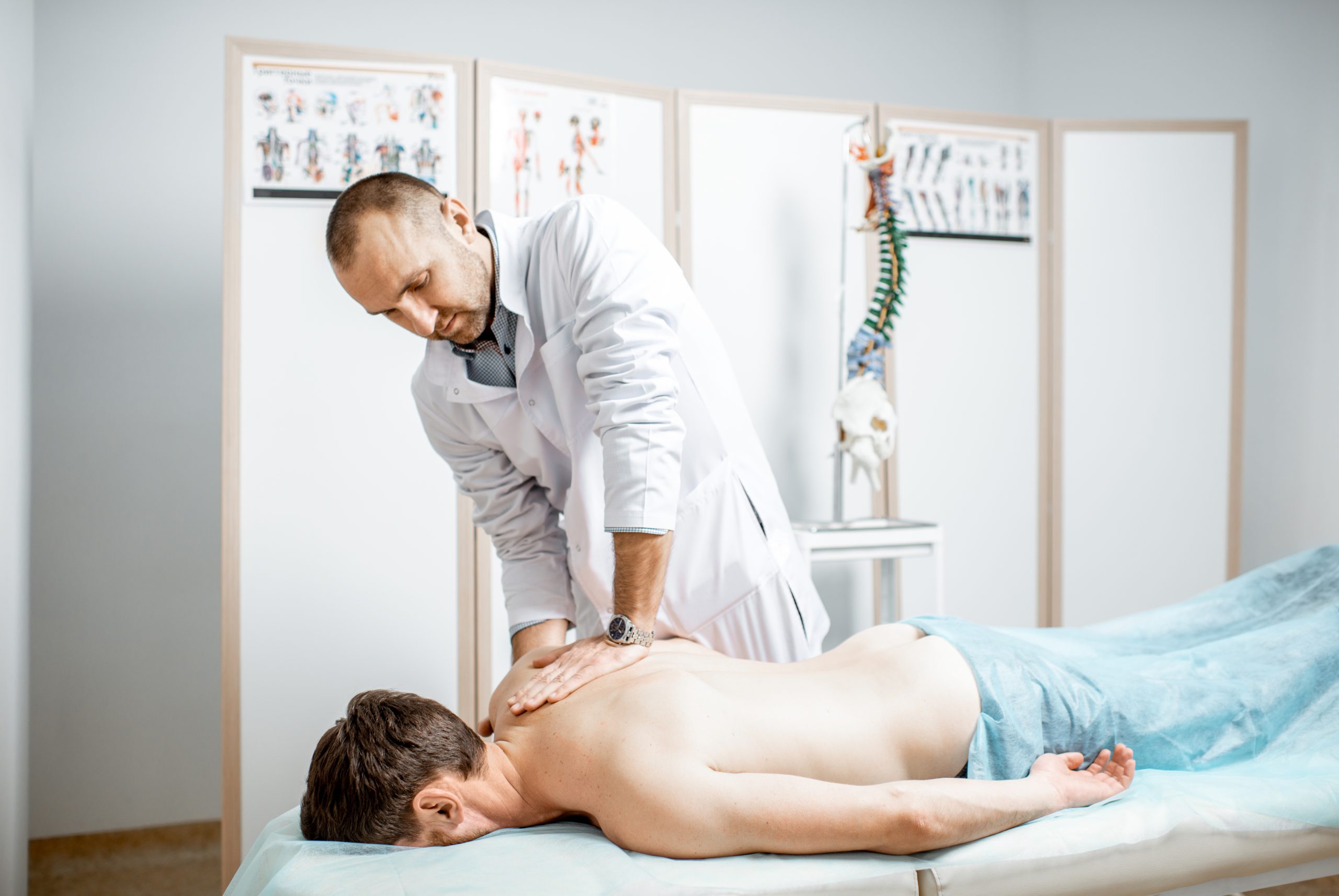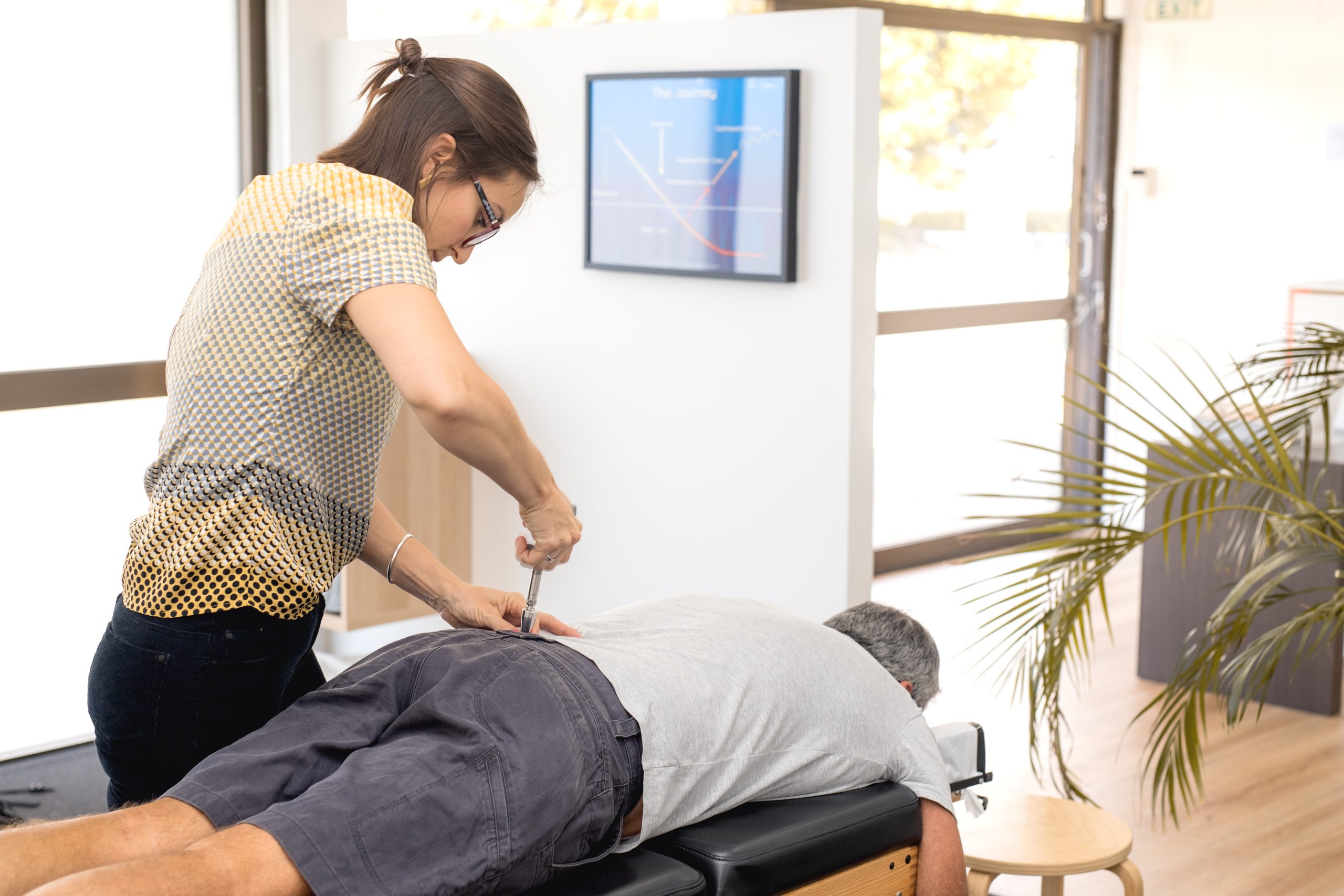For individuals managing neuropathy or chronic joint pain, movement can often feel like the last thing they want to do, but it’s one of the most powerful tools for recovery. Exercise and physical therapy are fundamental components of regenerative healing, working hand-in-hand with the body’s natural repair processes. These movement-based therapies enhance circulation, reduce inflammation, and strengthen muscles, all of which are essential for supporting nerve and joint health.
Physical therapy offers a structured, safe way to restore function, improve mobility, and relieve pain without the side effects of medication. Therapists tailor treatment plans to each person’s condition, ensuring the exercises performed are both therapeutic and sustainable.
The Role of Exercise in Nerve & Muscle Healing
How Exercise Improves Circulation & Nerve Function
Exercise stimulates blood flow, which increases the delivery of oxygen and nutrients to damaged nerves and tissues. This circulation is vital for promoting healing and reducing oxidative stress. Additionally, movement helps flush out inflammatory substances that contribute to chronic pain and stiffness.
Regular physical activity also encourages the growth of new nerve fibers, improves muscle coordination, and enhances overall function. It can also help manage blood sugar levels in diabetic patients, one of the leading causes of peripheral neuropathy.
Best Exercises for Neuropathy & Joint Pain
- Yoga & Stretching: Gentle yoga poses and targeted stretches can improve flexibility, reduce muscle tension, and increase range of motion. Yoga also encourages body awareness and stress reduction, which can help manage pain perception.
- Strength Training: Building muscle around affected joints helps stabilize and protect them from further injury. Resistance training improves posture, balance, and endurance, making everyday movements less painful and more efficient.
- Swimming & Water Therapy: Aquatic exercises are excellent for those with chronic pain or limited mobility. Water reduces the impact on joints while providing resistance that builds strength. Swimming, walking in a pool, or participating in water aerobics can improve circulation and reduce swelling without straining the body.
FAQ Section
Q1: Can exercise reverse nerve damage?
A: While exercise may not fully reverse nerve damage, it significantly supports the body’s natural regeneration process. Physical activity encourages nerve growth, reduces pain, and can help restore some lost function over time.
Q2: What are the best low-impact exercises for chronic pain?
A: Swimming, yoga, and walking are highly effective low-impact options. These activities minimize stress on joints while promoting circulation, flexibility, and muscle tone.
Conclusion
Exercise and physical therapy are not just complementary treatments, they’re foundational to natural healing. Whether you’re coping with neuropathy or joint discomfort, targeted movement can increase blood flow, ease inflammation, and support nerve regeneration. With professional guidance and consistency, even gentle physical activity can lead to meaningful improvements in comfort, mobility, and overall wellness. When paired with a holistic care plan, movement becomes a powerful medicine in your journey to recovery.



